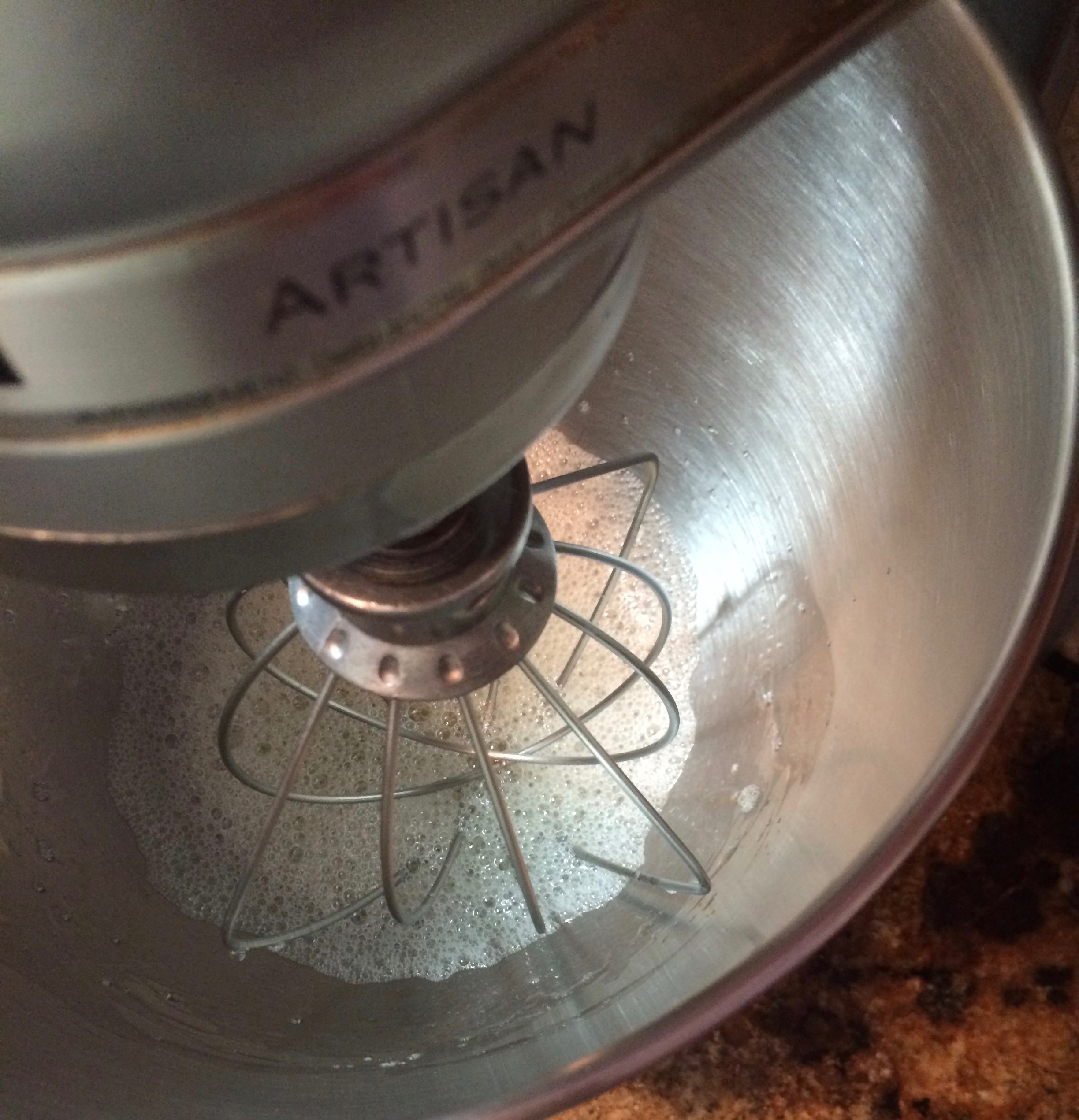So many recipes call for beaten egg whites. Whether you are making a cake, a mousse, a soufflé, a meringue, macarons or any other dessert, the objective is almost always the same: incorporate air into the base or flavourings of your dessert. Here is a quick guide of things to do when beating whites.
- Make sure that your mixing bowl (preferably stainless steel), beaters or whisks are clean and completely dry.
- Make sure that your egg whites are at room temperature and that there are no traces of yolk or eggshell in them.
- As an added precaution, you may want to separate eggs on a separate bowl than the one you are using in your dessert preparation. On the change that you may have a spoiled egg (which has never happened to me), or where you fail to separate the egg properly and pierce the yolk, creating a mess in your egg whites (this, in turn, has happened on some occasions), you can always fix it without ruining the rest of your dessert.
Start by putting the whites in the bowl and start mixing at medium speed. You will get to a point where it will start to bubble. This is when you add a pinch of salt, and if you are making some desserts like meringues, your cream of tartar.
Add only salt at this point.
Increase the speed of your mixer to medium-high and wait for a minute or two until you start seeing soft peaks forming. This is when you add whatever amount of sugar the recipe calls for, if any. It will normally be a couple of tablespoons for cakes, or more for meringues and other sweet concoctions.
You'll know they're soft since they cannot hold their volume just yet. This is when you add the sugar.
Continue beating after the sugar is added until the point where you can see the batter making a trace on the surface, but before it starts getting a grainy consistency. If you lift one of your beaters, you should have a small point at the end once it's turned upside down. The tip can curve a little as well, as long as the body holds its shape you're ready to go.
The key here is a good body that holds when it's upside down.
Finally, if the recipe calls for it, this is where you add any additional flavourings, such as vanilla or any other extracts.
The egg whites will then be beaten into the rest of the dessert, which usually contains all the heavy ingredients. Keep on reading some of the techniques to learn how to fold egg whites into a mixture, or to learn new tricks to help you feel more at ease baking.
Enjoy baking!




